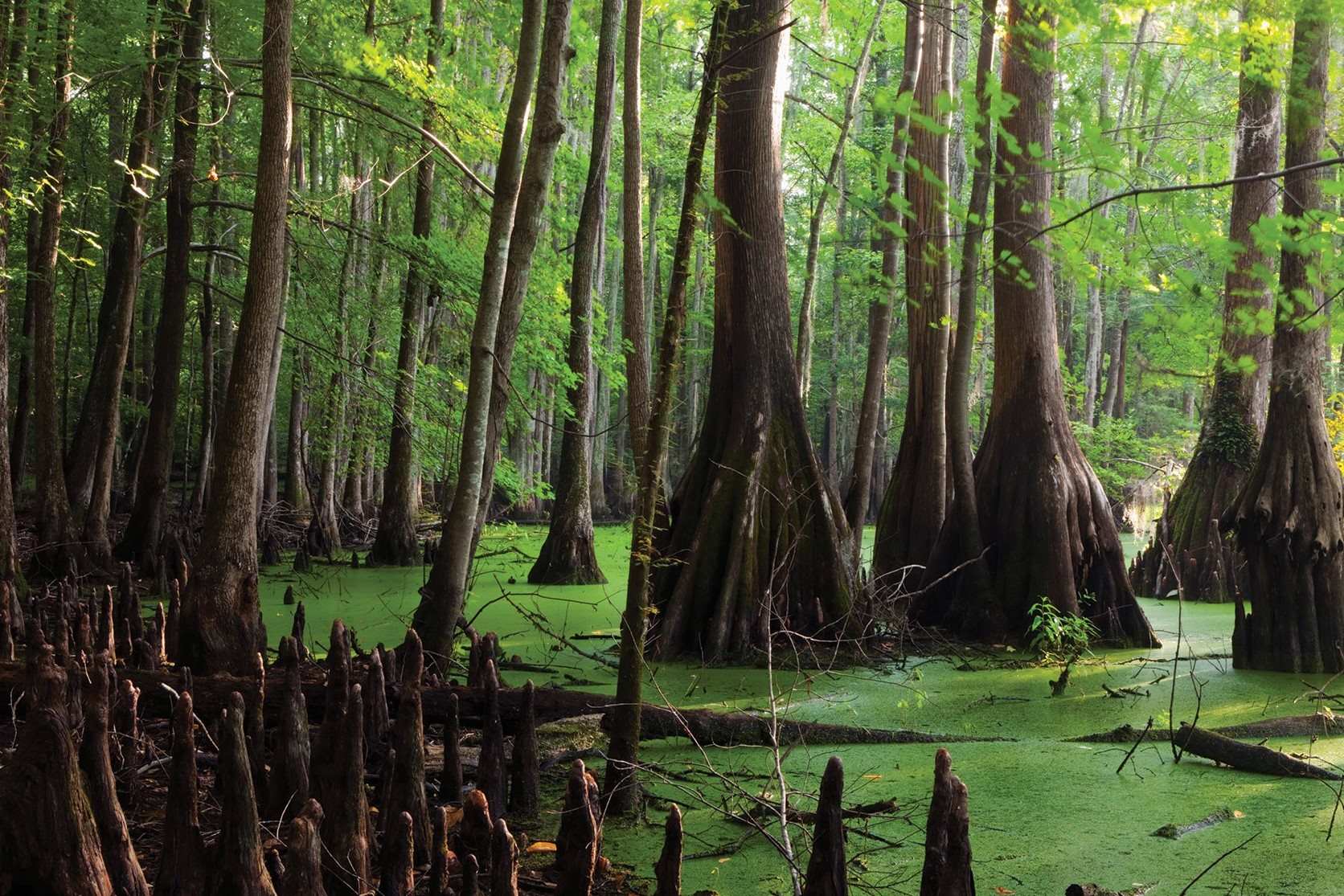Exploring Hidden Maroon Communities of the Great Dismal Swamp

Imagine a place where history hides beneath the trees and whispers through the marshes. The Great Dismal Swamp is more than just a vast wetland; it's a living testament to resilience and freedom. This mysterious area, stretching across Virginia and North Carolina, once served as a sanctuary for Maroon communities—enslaved people who escaped and formed their own societies. These hidden communities thrived in the swamp's dense foliage, creating a unique culture and way of life. Today, visitors can wander through trails and waterways, uncovering stories of courage and survival. Whether you're a history buff or nature lover, the Great Dismal Swamp offers a glimpse into a world where nature and history intertwine. Get ready to step back in time and experience the spirit of those who sought refuge in this remarkable landscape.
Discovering the Hidden Maroon Communities
The Great Dismal Swamp, a vast and mysterious wilderness, holds secrets of the past. Among these secrets are the hidden Maroon communities—settlements of escaped enslaved people who found refuge in this dense, swampy landscape. Let's explore some fascinating spots where history whispers through the trees.
1. Lake Drummond
Lake Drummond, a serene and mystical body of water, sits at the heart of the swamp. This lake was a crucial resource for the Maroon communities, providing fresh water and fish. Its remote location made it an ideal place for those seeking freedom to gather and live away from the prying eyes of the outside world.
2. Jericho Ditch
Jericho Ditch, a man-made canal, played a significant role in the lives of the Maroons. It served as a transportation route and a barrier against intruders. The dense vegetation surrounding the ditch offered excellent cover, allowing the Maroons to move stealthily through the swamp.
3. Washington Ditch
Washington Ditch, another important canal, connected the swamp to nearby towns. This ditch was a lifeline for the Maroon communities, enabling them to trade goods and communicate with other settlements. The Maroons used their knowledge of the swamp to navigate these waterways safely.
4. Feeder Ditch
Feeder Ditch, a lesser-known canal, was a hidden gem for the Maroons. It provided access to remote areas of the swamp, where they could establish secret camps. The dense foliage and winding paths made it difficult for outsiders to find these hidden enclaves.
5. Underground Railroad Sites
The Great Dismal Swamp was a crucial part of the Underground Railroad, a network of routes and safe houses used by enslaved people seeking freedom. Several sites within the swamp served as hiding places and meeting points for those on their journey to freedom. These sites are a testament to the bravery and resilience of the Maroon communities.
6. Cypress Trees
Cypress trees, with their towering trunks and sprawling roots, provided shelter and protection for the Maroons. These trees formed natural barriers, creating hidden pockets within the swamp where communities could thrive. The Maroons used their surroundings to their advantage, blending seamlessly into the landscape.
7. Bear Garden Hill
Bear Garden Hill, a small rise within the swamp, offered a strategic vantage point for the Maroons. From here, they could observe the surrounding area and spot potential threats. This elevated position also provided a dry place to build shelters and grow crops.
8. Maroon Trails
Maroon Trails, a network of paths winding through the swamp, connected various communities. These trails were carefully maintained and marked by the Maroons, allowing them to move quickly and quietly through the dense undergrowth. Today, these trails offer a glimpse into the resourcefulness and ingenuity of the Maroon people.
Discovering the Legacy of the Great Dismal Swamp
The Great Dismal Swamp holds a rich tapestry of stories and history. Hidden within its dense foliage, the Maroon communities thrived, leaving behind a legacy of resilience and freedom. Exploring this area offers a unique glimpse into a world where nature and history intertwine. Visitors can walk the trails, paddle through the waterways, and imagine the lives of those who once called this place home. The swamp's beauty and mystery continue to captivate those who venture into its depths. Whether you're a history buff or a nature lover, the Great Dismal Swamp promises an unforgettable experience. As you leave, you'll carry with you a deeper understanding of the strength and spirit of the Maroon communities. This journey through the swamp is more than just a trip; it's a step back in time, connecting you to a powerful chapter of American history.

